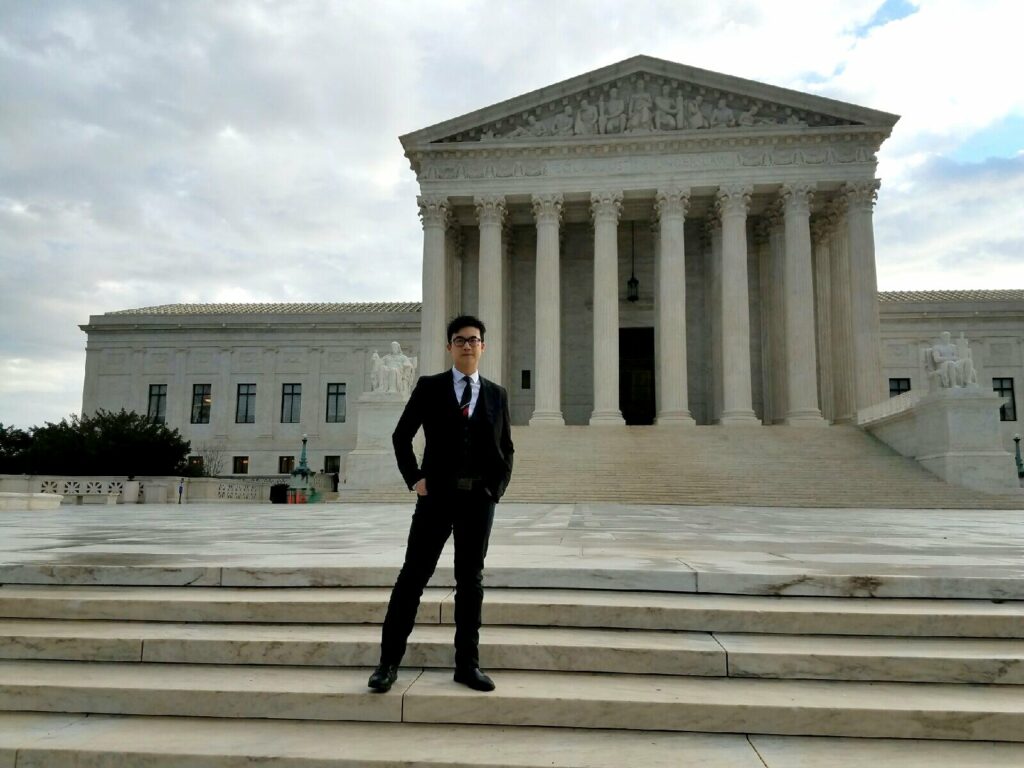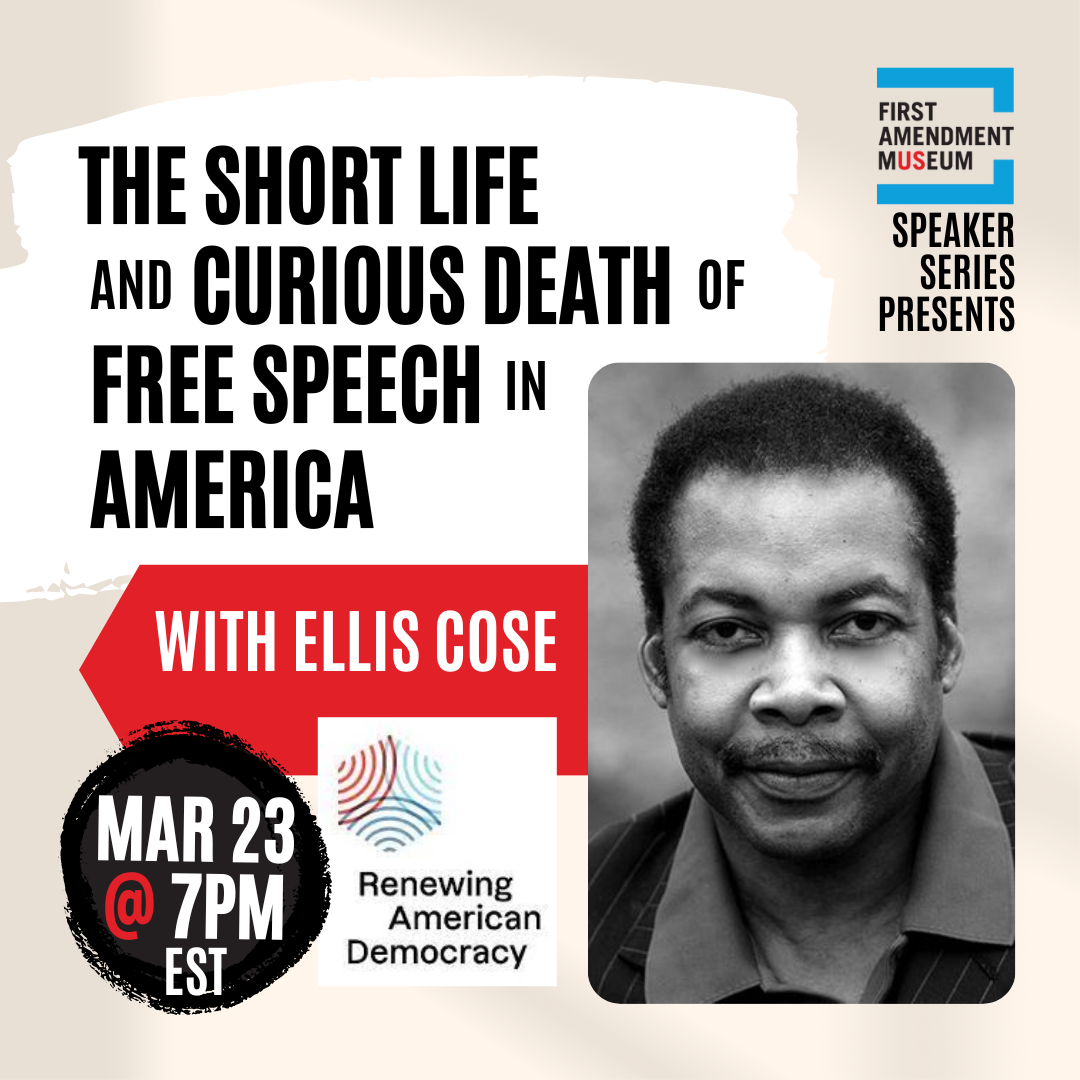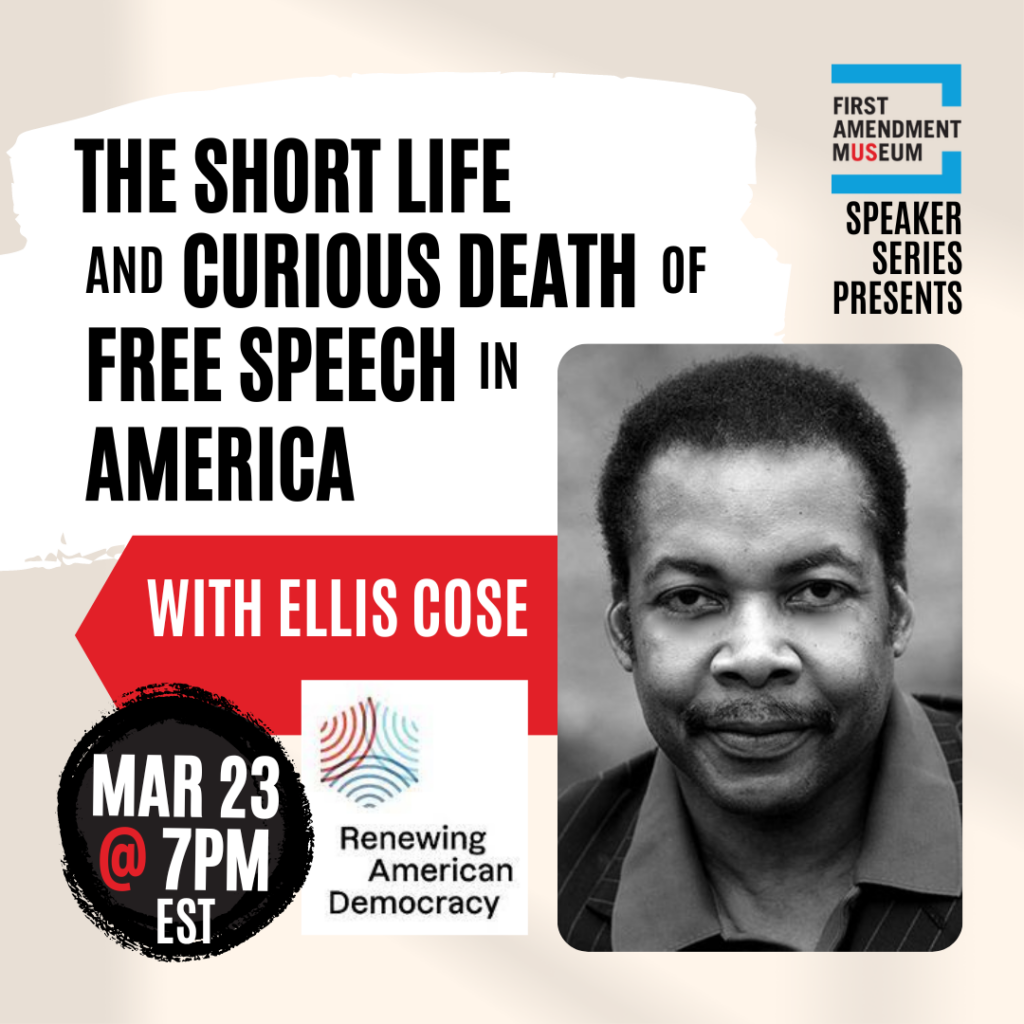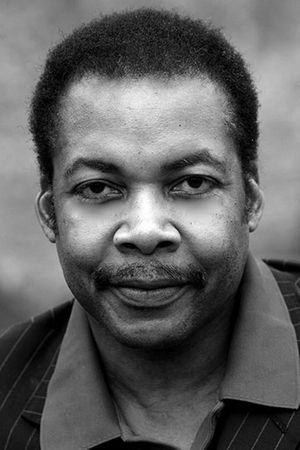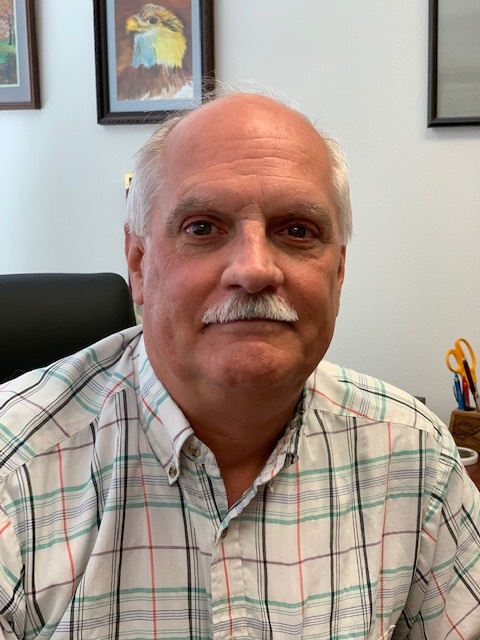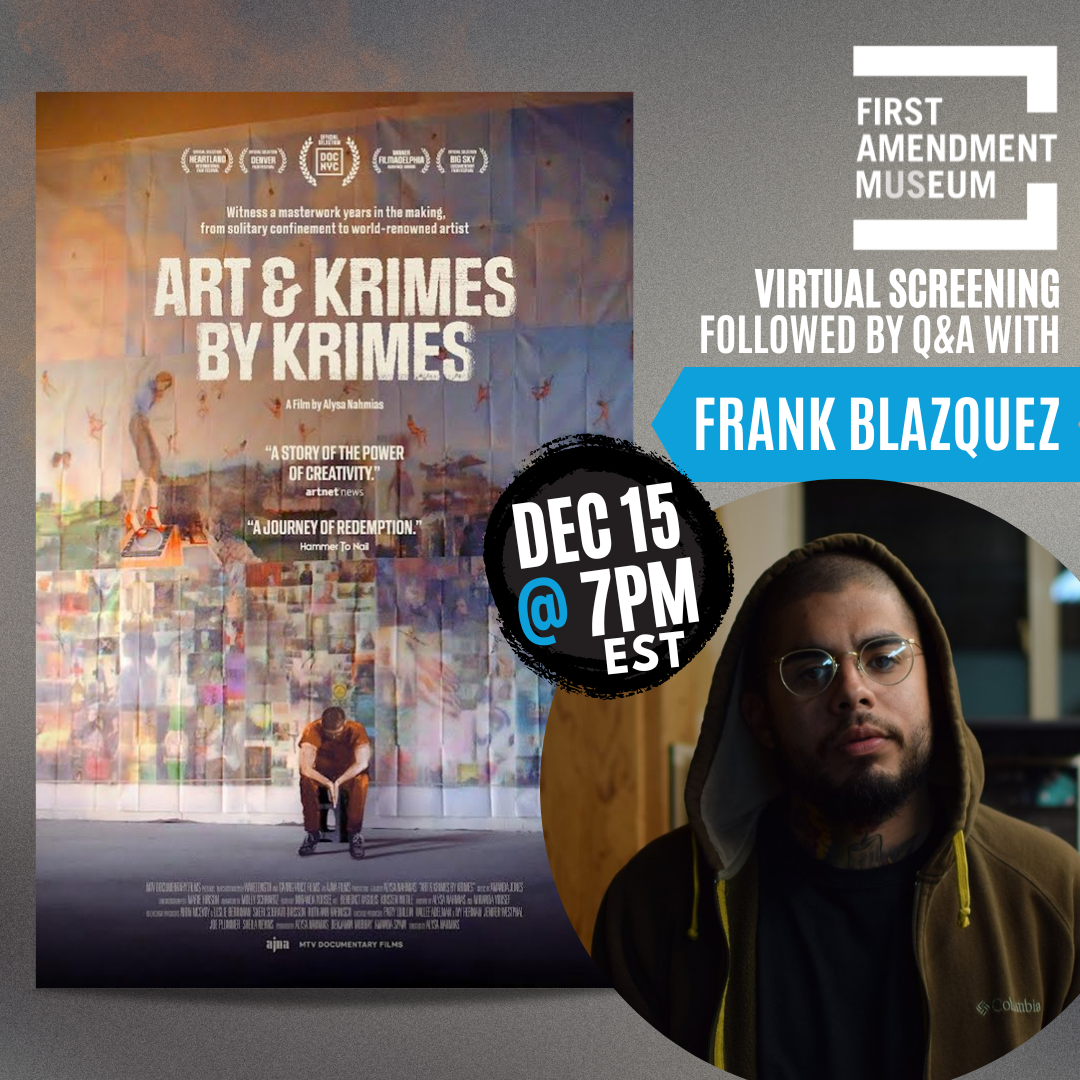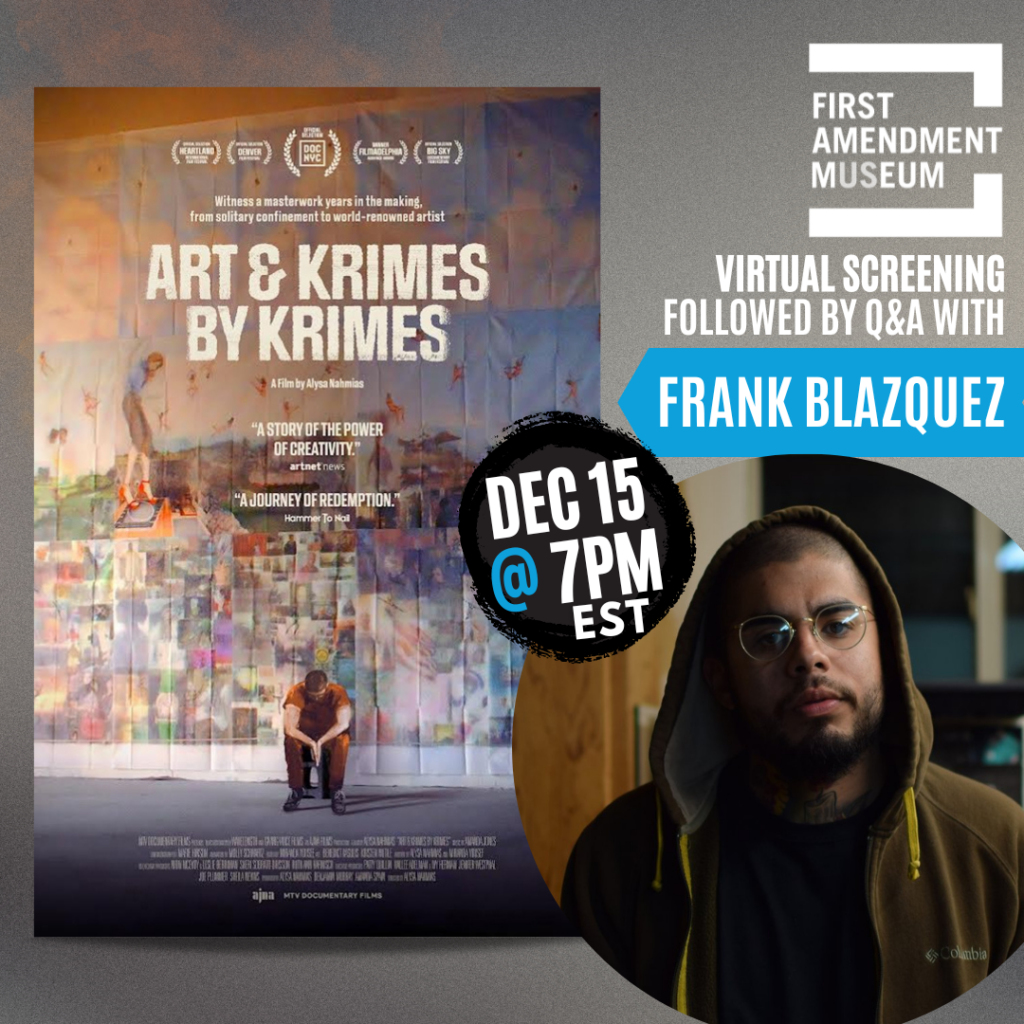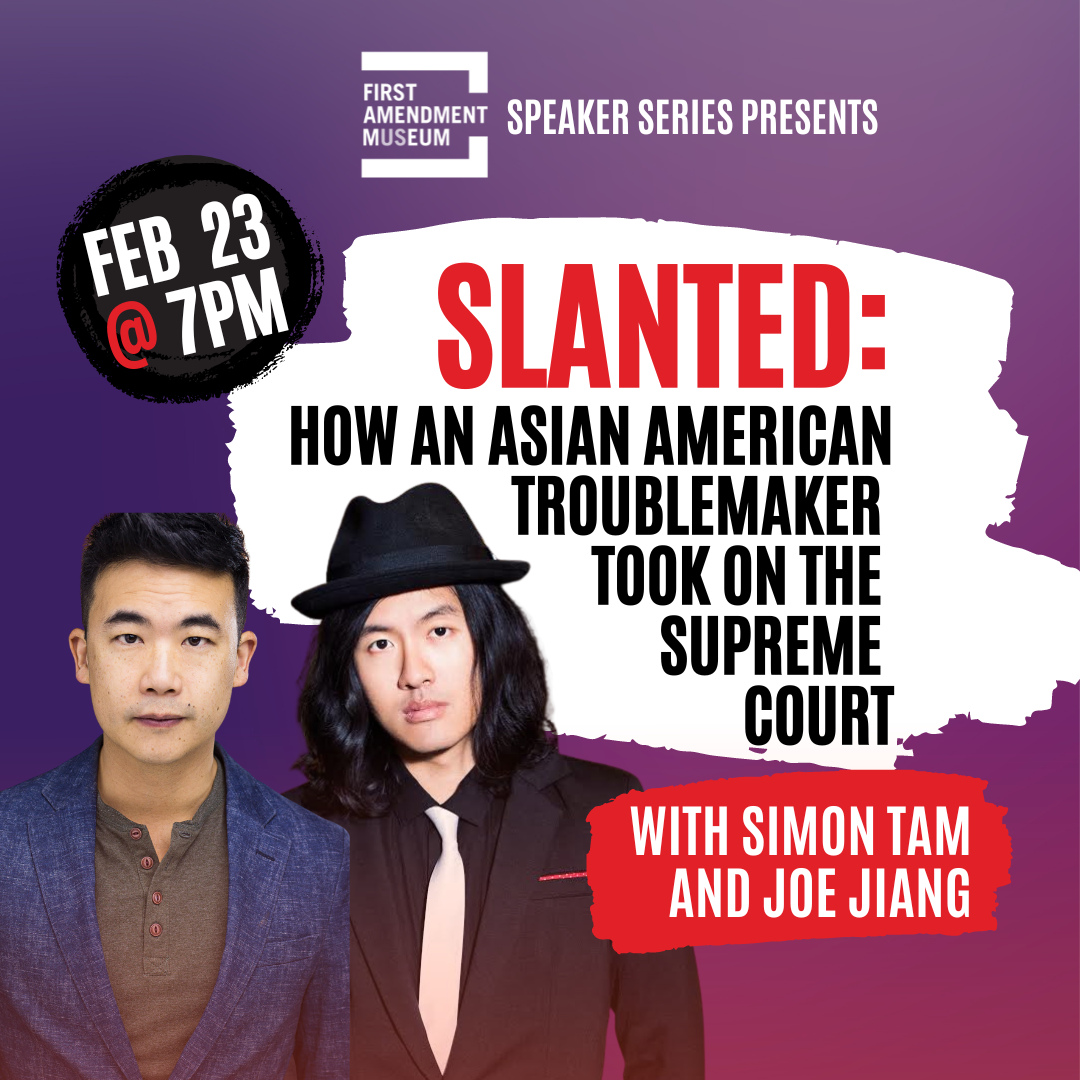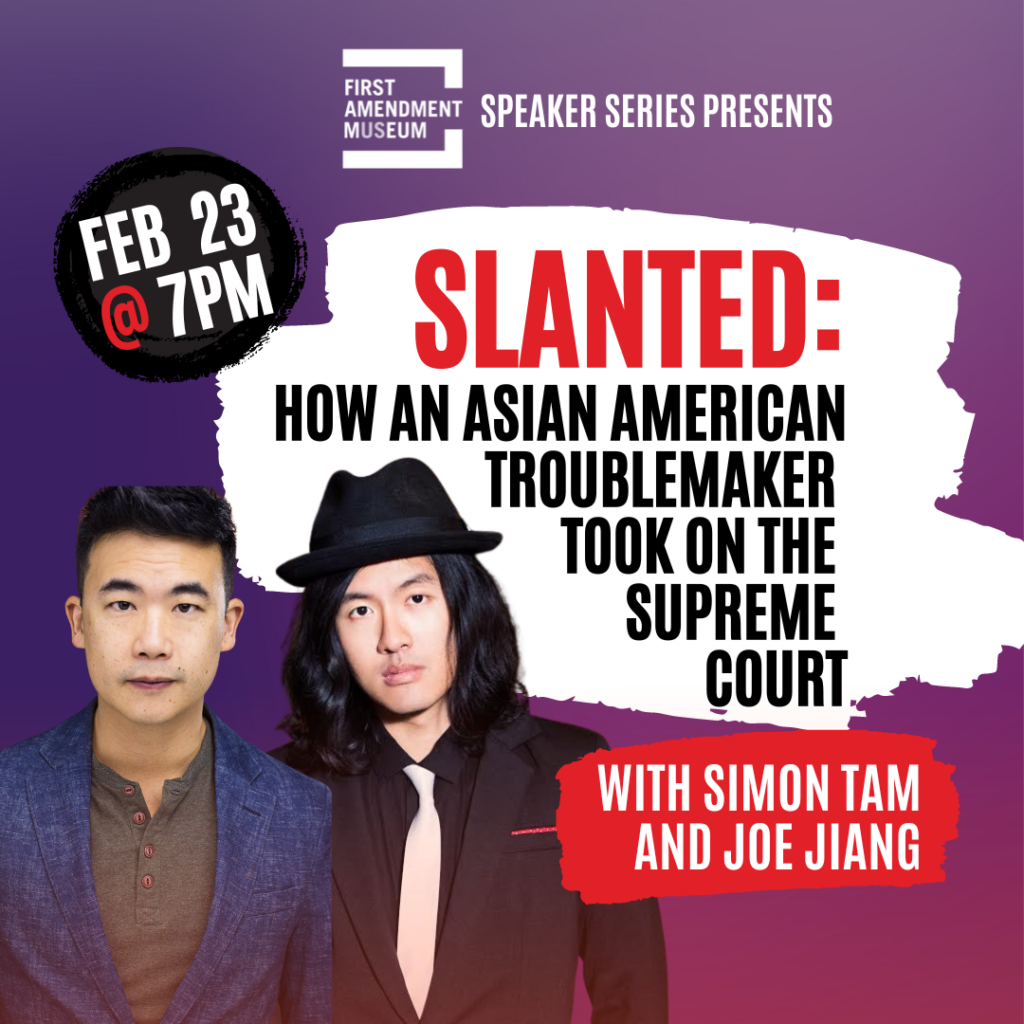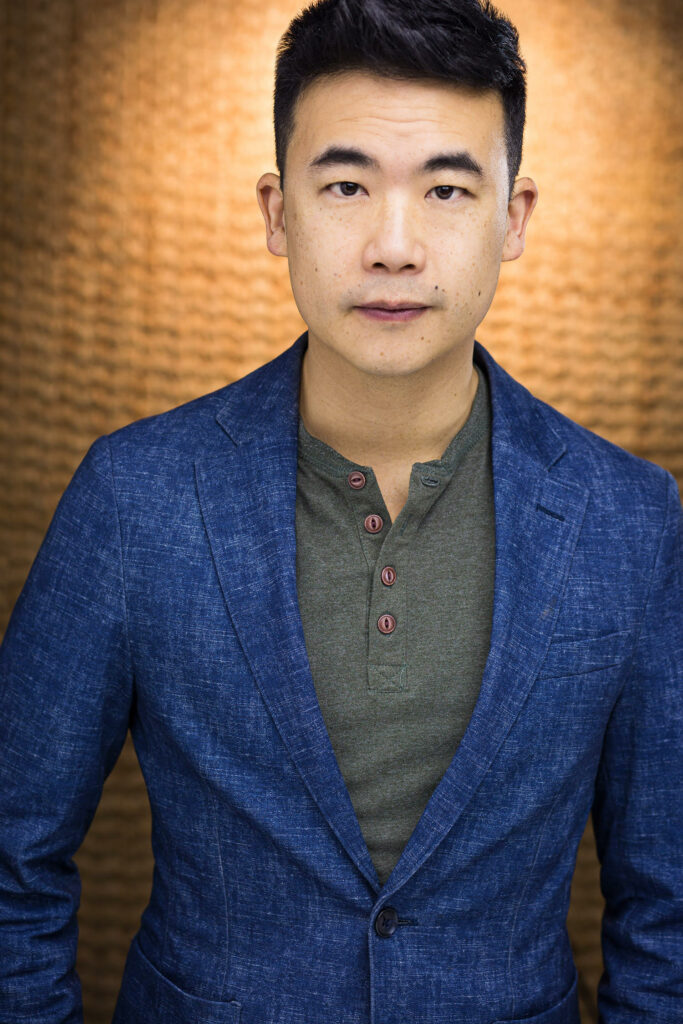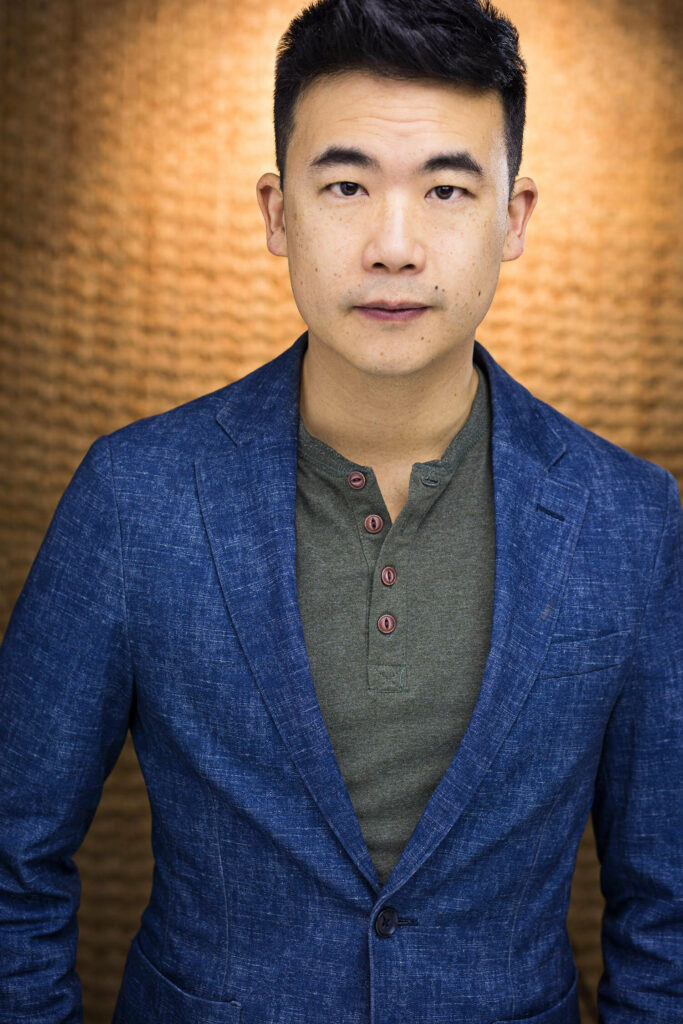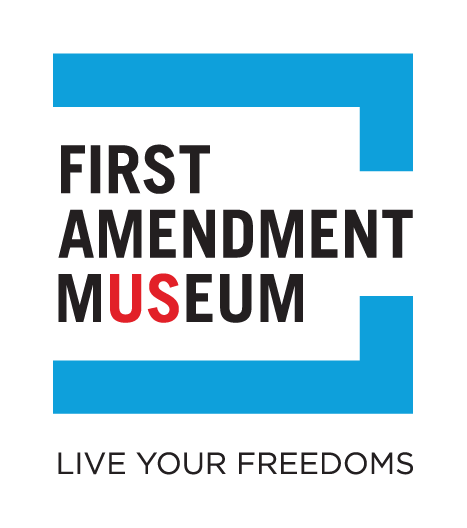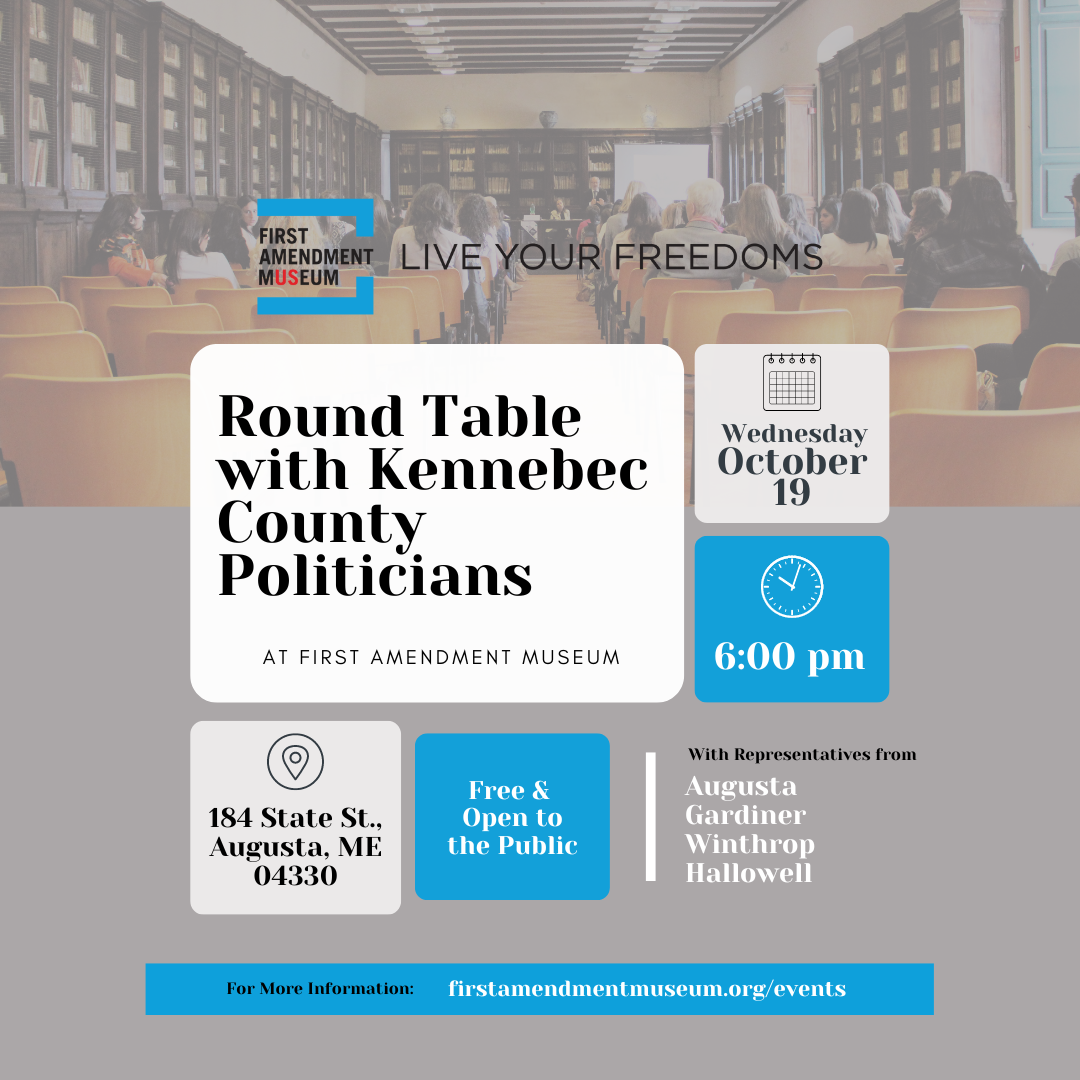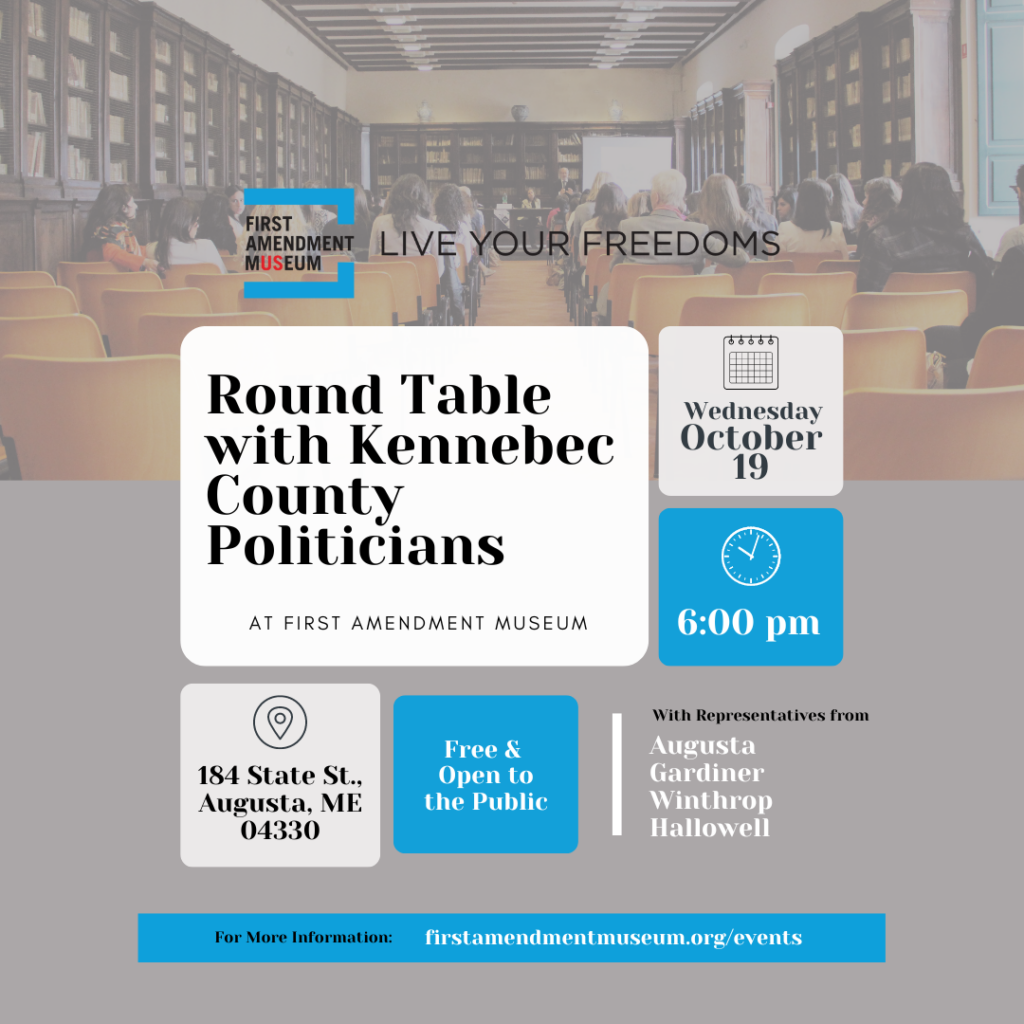School Libraries in Peril
Guest blog by Shireen Campbell and Skylar McVicar
Fueled by legislative actions in multiple states, wholesale objections to school library books have risen dramatically in the past few months. News stories document books covered with brown paper, empty shelves, and even proposals to defund entire state library systems. If a book includes a queer character who dares to live happily or shows that policing practices may vary depending on one’s skin color, the book has likely landed on a list of objectionable materials.
Current and seemingly successful statewide legislative efforts to edit school library content mark an alarming escalation in attempts to control what reading children can access at the local school district level. How are the censors making such headway when multiple court cases have established that school library collections are crucial to the unimpeded exercise of First Amendment rights?
As held by the Supreme Court majority in the landmark 1982 Board of Education, Island Trees Union Free School District No. 26 v. Pico, “the right to receive ideas is a necessary predicate to the recipient’s meaningful exercise of his own rights of speech, press, and political freedom.” School libraries are a crucial site for access to new ideas, and, as held in Minarcini v. Strongsville City School District (1976), for both dissemination and discussion of these ideas.
The right to receive ideas is a necessary predicate to the recipient’s meaningful exercise of his own rights of speech, press, and political freedom.
(Union Free V. Pico)
Given prior court decisions that upheld student First Amendment rights to receive information through school libraries, we question if the recent wave of legislative actions in pursuit of sanitizing collections is likely to be deemed unconstitutional. One potential answer is to analyze what actions and opinions are common to school boards that previously attempted and failed to limit library content in four precedent-setting cases. In each case, the board’s actions impeded student recipient’s “right to receive” (Union Free V. Pico) by
- Ignoring existing policy around objections to materials in a classroom or library context
- Insisting that opinion, hearsay, and/or misinterpretation of literature or its pedagogic purposes outweigh any expert knowledge
- Advocating a return to or defense of traditional “universal” values over cultural change
For example, in Minarcini, a 6th Circuit Court of Appeals case from 1976, a school board member complained about Heller’s WW2 classic Catch 22 and two Kurt Vonnegut novels. In response, the school board created a committee to review the books and met with a faculty and citizens committee, both of which argued for the inclusion of the books in the library. However, the school board ignored the recommendations of the committees they created and removed the books anyway.
Two decades later, in Case Vs. Unified School District (1995), the Missouri district had no policy for assessing book donations. When the groundbreaking lesbian teen romance 1982’s Annie On My Mind, and another book were donated to high school libraries in the district, board members criticized the “homosexual” content. The school board then created a policy for book donations that included a review committee and asked them to examine the donated books. Subsequently, the review committee cited favorable reviews of Garden’s novel and recommended its inclusion.
Yet, dismissing the expert knowledge and the media specialists they had consulted, the board voted to remove the donated novels because homosexuality was both “sinful in the eyes of God” and unconfirmed scientifically as “a normal or genetic way of life.” Referencing case precedent (namely Union Free V. Pico), the U.S District Court found that the school district removed the novel because they disagreed with the ideas it contained and unconstitutionally sought to “prescribe what shall be orthodox in politics, nationalism, religion, or other matters of opinion.”
Threatened by societal change, board members in all four court cases repeatedly promoted a conservative agenda in their grounds for complaint. Many of the nine books involved in the 1982 Pico case have minority authors, and others have countercultural content, highlighting a range of American experiences. The board condemned these books because some “contained profanities, some were sexually explicit, and some were offensive to racial, religious or ethnic groups.” In so doing, the Board promoted a “conservative educational philosophy” and resistance to including underrepresented voices.
A more recent court case, Counts v. Cedarville School District (2003), focused on the global phenomenon of Harry Potter. Board members objected to the series’ depiction of “disobedience and disrespect for authority,” behavior which occurs often in the world of young adult literature (and young adults) because they feared it would lead to “juvenile delinquency” or a Columbine. As the Court notes in its decision, these “speculative apprehensions: were based on no facts.”
[None] of the three Board members was aware of any actual disobedience or disrespect that had flowed from a reading of the Harry Potter books. . . . Such speculative apprehensions of possible disturbance are not sufficient to justify the extreme sanction of restricting the free exercise of First Amendment rights in a public school library.
Counts v. Cedarville School District
Presuming similar biases in an effort to limit access to books that question adult wisdom and a conservative status quo, current state actions would seem likely to meet the same fate in court. In a subsequent post, we will explore the Parental Rights in Education legislation in Florida and consider to what extent this seems likely to falter in the face of case precedent in favor of the First Amendment in such settings.
About the Authors
Shireen Campbell is a professor of English and Educational Studies and Director of the First Year Writing Program at Davidson College.
Skylar McVicar is a senior Politics, Ethics, & Religion interdisciplinary major at Davidson College and will be attending Duke University School of Law in the fall.




